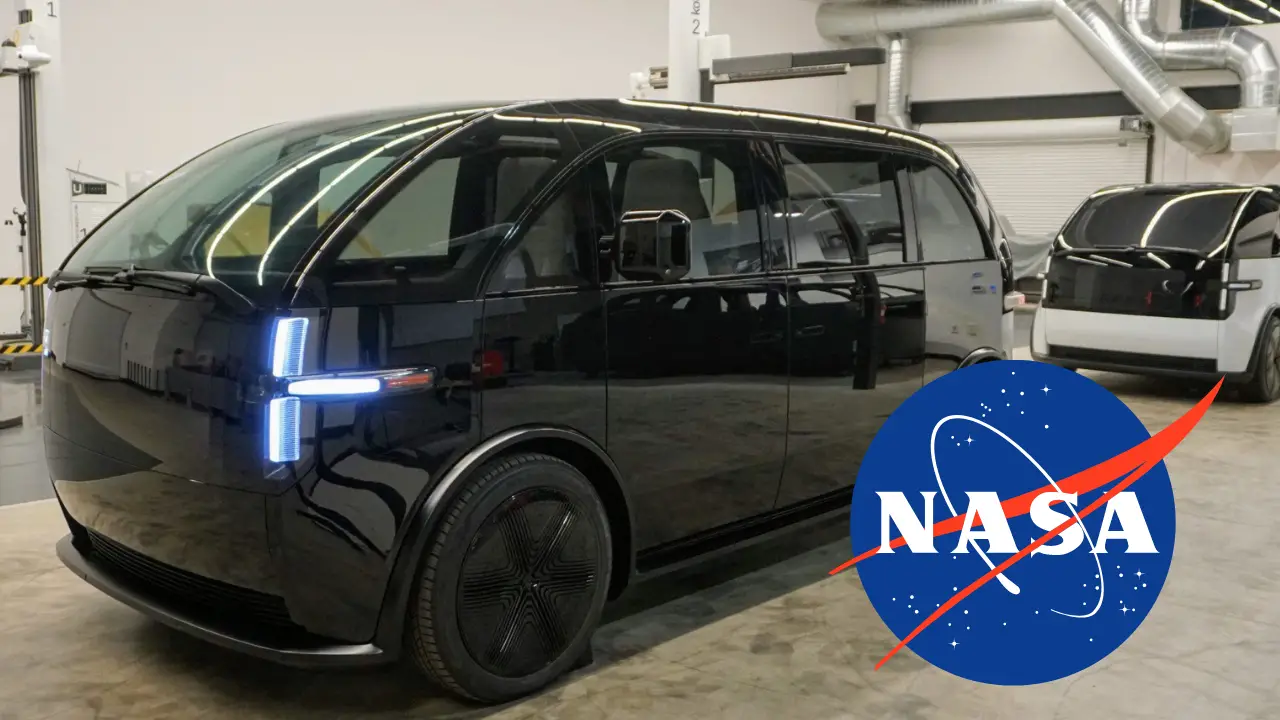On July 11th, 2023, the United States Space Agency (NASA) welcomed a trio of totally electric crew transportation vehicles to the Kennedy Space Center, marking a significant step forward for the organization’s objective of environmentally responsible space exploration. These vehicles, which were developed by Canoo, will play an important part in future Artemis missions, beginning with Artemis 2, which is expected to take place in the late 2024. These vehicles have a novel design, and their primary focus is on increasing cabin space, usefulness, and productivity. As a result, they have the potential to improve mobility and efficiency for astronauts during training exercises and lunar missions.
Canoo’s Lifestyle Vehicle (LV) Platform
The adaptable Lifestyle Vehicle (LV) platform developed by Canoo serves as the basis for these new crew transportation. Canoo developed the LV platform with a multi-purpose design in mind, giving top priority to the optimization of the cabin area as well as functionality while maintaining a small footprint. Using this strategy, astronauts are able to make the most of the inside space of the vehicle while they are on their trips. This allows them to accommodate their equipment and provides an environment that is suitable to their job.
Customization and Collaboration
The NASA Astronaut Office, which is located at the Johnson Space Center in Houston, was an active participant in the design process of the Canoo crew transport vehicles. This office was responsible for both aspects. They had a hand in picking out the markings for the interior and exterior, deciding on the color palettes, and even selecting the layout for the wheel wells. This cooperative effort guarantees that the vehicles fit the exact specifications that NASA has established, while also creating a sense of identity and familiarity for the astronauts who will depend on them while they are traveling through space.
A New Generation of Astrovans
The Canoo crew transport vehicles are the newest addition to an ever-expanding fleet of astrovans that are altering the way crews are transported during space exploration. This next generation of automobiles also features SpaceX’s Tesla Model X electric cars and Boeing’s Starliner in addition to Canoo’s fleet of automobiles. These electric vehicles represent a transition toward solutions that are sustainable and friendly to the environment, which aligns with NASA’s mission to lowering its carbon impact and pushing clean energy technology.
Training Exercises and Future Missions
Before the Canoo crew transport vehicles go off on their first adventures in space, they will first be used for astronaut training exercises at Kennedy Space Center. These exercises will prepare them for future missions. These drills will provide astronauts with the opportunity to sharpen their skills, become more familiar with the features of the vehicles, and develop more efficient operational procedures. After the training phase is finished, the CTV fleet will be ready to be used in future lunar missions, where it will play an important part in the transportation of astronauts to and from the moon.
As a result of NASA’s partnership with Canoo, an exciting new chapter in the history of crew transportation for space exploration has been opened. The Canoo crew transport vehicles promise to improve the efficacy and comfort of future Artemis missions with its entirely electric propulsion, enhanced cabin space, and customization based on feedback from astronauts. As NASA continues to push the limits of human space exploration, these revolutionary electric vehicles show the agency’s commitment to sustainability and technical innovation. They are also paving the way for a future in which space travel will be both efficient and beneficial to the environment.
![]()
